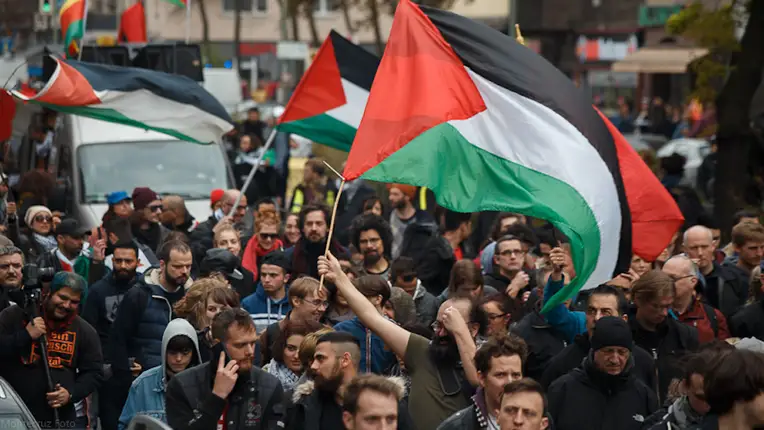#FreeBritney: How The New Britney Spears Documentary Frames The Pop Star’s Conservatorship
February 24, 2021
Global pop star Britney Spears is back in the spotlight thanks to controversy surrounding the conservatorship she had been under since 2008, as chronicled by the recent New York Times-produced documentary, “Framing Britney Spears.” The documentary, which is a part of the FX series “The New York Times Presents,” goes into detail about the singer’s childhood and the many tribulations that resulted in her losing many of her rights to her father, who currently runs the conservatorship. Many knew what had led up to Spears being placed under the conservatorship thanks to her status in the public eye. However, the documentary reframes many of the key events that shaped her public image and answers many questions about the conservatorship, namely, what a conservatorship even is.
Spears’s career had been considered an anomaly from the very beginning; following her stint on “The All-New Mickey Mouse Club,” she gained notoriety at a time when boybands were dominating the music scene. That automatically put her in an awkward position, with every move she made being criticized. At the same time, her male counterparts operated within the industry without the same type of judgment. Being as young as she was when her first hit single “…Baby One More Time” came out in 1998, she attempted to maintain her “All-American” image while exploring her sexuality, which is something many media personalities would blast her for.
A significant theme throughout the documentary was the idea of autonomy, exploring the control Spears had both over her narrative and her legal status, and more importantly, how she lost control over those things. When Spears and singer Justin Timberlake broke up, the media immediately took his side, blaming her for their breakup without proof that she was responsible. Interviewers only made this problem worse, often asking sexist questions, including Diane Sawyer, who seemed to have sided with the former first lady of Maryland (who claimed she would shoot Spears given a chance for being a bad role model). On top of all of this, the paparazzi and tabloids were reaching their height in power, always stalking and harassing her and then publishing the most embarrassing photos, knowing that the worst pictures would sell.
This, of course, led to a highly broadcast breakdown in which she shaved her head and damaged a paparazzi’s car with an umbrella. Spears temporarily lost custody of her children, and soon enough, her father would become the conservator of her estate. Typically, conservatorships are put in place when a person is mentally unfit to make decisions for themselves or is physically unable to tend to themselves. Many of the documentarian’s interviewees made a point to say that Spears’s father, Jamie, was an absent father for most of her life and was pretty much most concerned about how much money she could make for him.
Within a few years, Spears seemed to get her life back on track, getting the help she needed while returning to work and gaining custody of her children again. It started to become unclear why the conservatorship was still in place. This led to the now-famous #FreeBritney social media movement. Spears’s attempts to remove her father from the conservatorship have all been unsuccessful so far.
“The New York Times Presents: Framing Britney Spears” can be streamed on Hulu.










